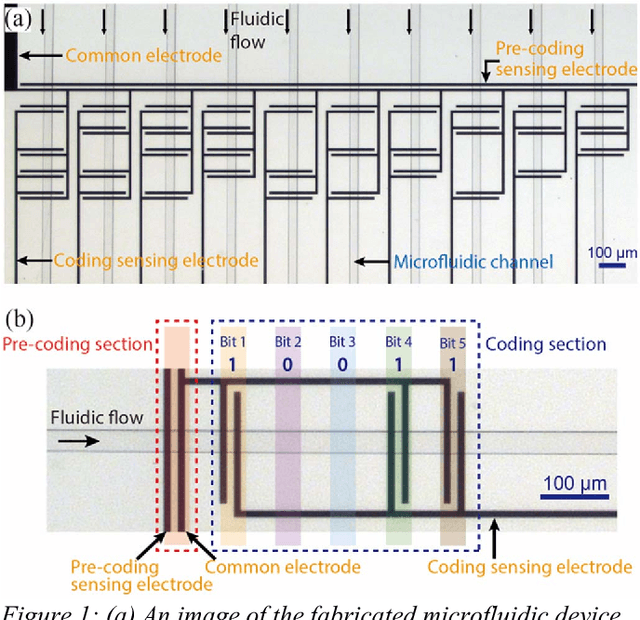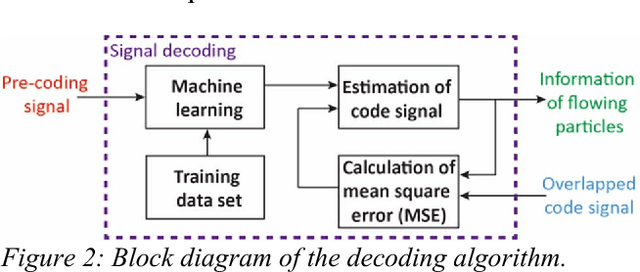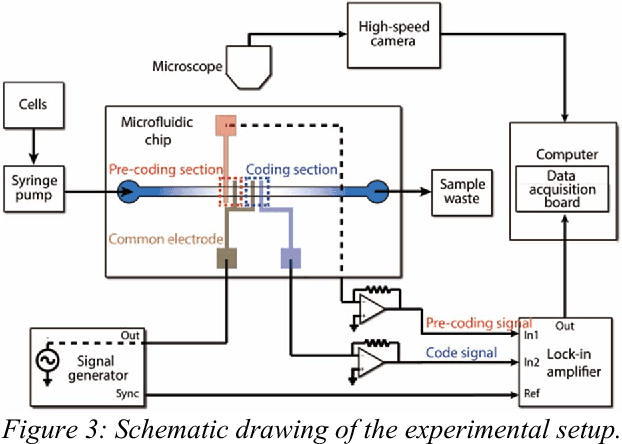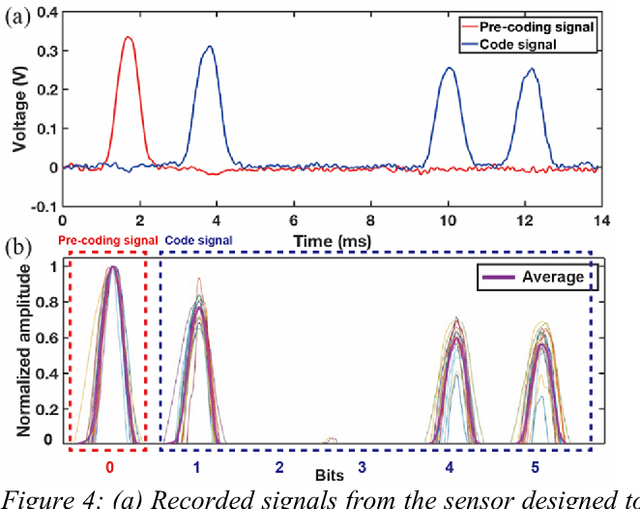Norh Asmare
Code-division multiplexed resistive pulse sensor networks for spatio-temporal detection of particles in microfluidic devices
Aug 10, 2018



Abstract:Spatial separation of suspended particles based on contrast in their physical or chemical properties forms the basis of various biological assays performed on lab-on-achip devices. To electronically acquire this information, we have recently introduced a microfluidic sensing platform, called Microfluidic CODES, which combines the resistive pulse sensing with the code division multiple access in multiplexing a network of integrated electrical sensors. In this paper, we enhance the multiplexing capacity of the Microfluidic CODES by employing sensors that generate non-orthogonal code waveforms and a new decoding algorithm that combines machine learning techniques with minimum mean-squared error estimation. As a proof of principle, we fabricated a microfluidic device with a network of 10 code-multiplexed sensors and characterized it using cells suspended in phosphate buffer saline solution.
 Add to Chrome
Add to Chrome Add to Firefox
Add to Firefox Add to Edge
Add to Edge